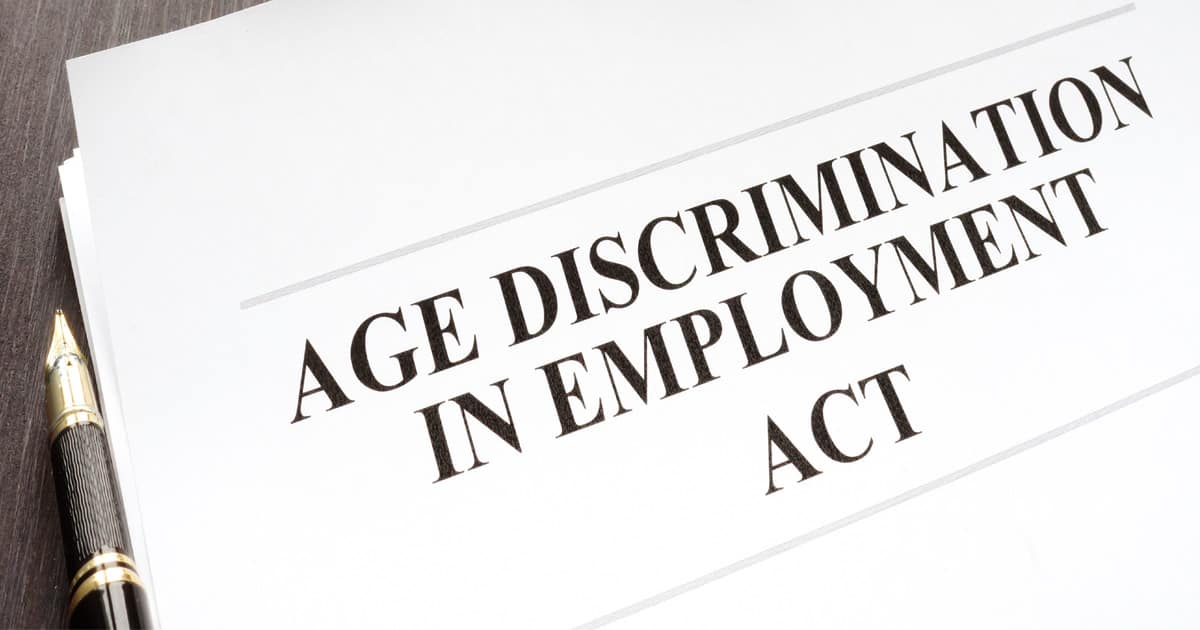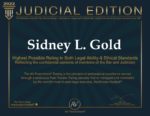The demographic of the workforce in the United States has been shifting in multiple ways in recent years. Specifically, there are more older women in the workforce now more than ever, and they face unique challenges.
While sex and gender discrimination are major issues in many workplaces, some older female workers report that age discrimination is a more serious problem. All forms of discrimination is forbidden by law, and employers have a responsibility to create a safe and harassment-free environment for their older female employees.
More Older Women in the Workforce
From 1950 to 2000, the percentage of older workers in the labor force decreased while the overall number of workers increased. In recent years, however, this trend has reversed, and the number of older workers is increasing. These workers are now the fastest growing worker demographic. Many workers are delaying their retirement for several reasons. Workers are living longer, and many wish to stay active and continue earning money until retirement. Once older workers do retire, they want to be sure that they have enough money saved to be comfortable.
Also, there are economic reasons why older workers are staying in the workforce. Recent economic downturns have had a big impact on workers who have lost jobs and had to take money from their savings to stay afloat. Wages have remained stagnant and retirement offerings are not as substantial as they used to be, so many workers have to stay on the job longer to maintain their standard of living. Workers who were planning to rely on their pension or Social Security payments may now be realizing that that will not be enough. It is not uncommon for workers to retire from their career track job and transition right into another position to supplement these payments.
Financial worries are motivating many women to join the workforce for the first time in middle age or later, or returning after a long hiatus. Women who stayed home to raise children while their husbands worked are now finding that one salary is not enough to sustain their household or pay for higher-than-ever college tuition costs. Divorce, which is also on the rise, is impacting many women who now rely on their own earnings now more than ever before. Women may feel more secure leaving a marriage with the prospect of employment.
The growth in the number of older women in the workforce is expected to continue; the Bureau of Labor Statistics (BLS) estimates that women workers over 65 years old will make up approximately 25 percent of the female workforce by the year 2024, compared to their male peers who will account for about 21 percent of the male workforce. Additionally, the BLS expects that there will be double the amount of women workers over 55 years old in the workforce than there are women that are 16 years old to 24 years old.
Women over 50 years old face unique challenges in the workplace, particularly those who are entering the workforce for the first time or after a long break. As technology in many industries evolves quickly, they may find that they need additional training to refresh their skills. Women are also frequent targets of ageism in the workplace, which can prevent them from advancing in their careers.
As the workforce collectively ages, ageism is a growing problem in the United States. Approximately 61 percent of workers who are 45 years or older have either experienced workplace ageism themselves or witnessed it occurring. Women can experience ageism earlier than men and tend to experience it more frequently than men, according to data from the Equal Employment Opportunity Commission (EEOC). From 1990 to 2017, there was a 15 percent increase in age discrimination claims from women who are 40 years old or older; conversely, the same period showed an 18 percent decrease in age discrimination claims by male employees.
What Does Gendered Ageism Look Like?
Ageism in the workplace often starts in the hiring process. Women under the age of 45 years old are almost twice as likely to be called back for a second interview than older applicants. Anecdotal evidence suggests that appearance plays a big role in employment rejections, with interviewers making assumptions about applicants that do not meet beauty standards that are often centered around youth.
Women who do not work consistently are also at a disadvantage because of the gaps in their resumes, which may force women who left the workforce to go backwards in their career development and take lower paying positions with less responsibilities.
Once they are on the job, older women may see differences in the opportunities they are offered. Older workers are often perceived as lacking the ability to innovate or adapt, so their supervisors may pass them over for training or learning opportunities that are offered to younger employees, including professional development courses, industry conferences, and continuing education benefits. Older women may also be excluded from challenging or creative assignments and given more tedious tasks. Companies may choose to have younger workers interfacing with clients or representing them publicly.
Age can also impact a worker’s benefits. Women are already at a disadvantage when it comes to salary, often earning less than their male counterparts for doing equivalent work. Older women may see even more of a disparity in their compensation. Older women are often passed over when it comes time to giving out raises or promotions. Additionally, older women may be given less consideration for time off, given that they do not have young children to care for.
Ageism can also contribute to a hostile work environment for older workers. Workers may be on the receiving end of jokes or snide remarks about age, such as comments about their typing speed or other technology usage issues. More insidious comments may involve questioning their fitness for the job or pressuring them to retire and leave their position open for a younger worker to take over. Many workers over 50 years old report being pushed out of their job either through forced retirement, layoffs, or other involuntary dismissal.
Age discrimination in the workplace is prohibited under the Age Discrimination in Employment Act of 1967 (ADEA); workplace sex discrimination is prohibited under Title VII of the Civil Rights Act. While both pieces of legislation are in place to protect workers, older women are not adequately protected by either because they often experience both ageism and sexism simultaneously. This type of intersectional discrimination is more difficult to file a complaint against because courts typically do not allow a joint complaint.
Trying to boil down which specific acts were age discrimination, and which were sex discrimination, is extremely difficult when these two notions are intertwined. For this reason, it is important to contact a knowledgeable lawyer immediately when a worker experiences gendered ageism. While the ADEA seems to be effective in protecting older male workers, some say that separate legislation is needed to adequately protect older women in the workforce from discrimination.
Philadelphia Employment Discrimination Lawyers at The Gold Law Firm P.C. Fight for the Rights of Older Women Workers
All companies must adhere to federal antidiscrimination laws, and workers who experience workplace age discrimination can pursue legal action. If you believe that you are the victim of work-related discrimination, contact one of our Philadelphia employment discrimination lawyers at The Gold Law Firm P.C. Our respected lawyers will thoroughly review the facts of your case and prepare a sound legal strategy to get you the best possible outcome. Contact us online or call us at 215-569-1999 for a free consultation. Located in Philadelphia and Pennsauken, New Jersey, we serve clients throughout South Jersey and southeastern Pennsylvania, including Wilkes-Barre, Scranton, northeast Philadelphia, Bucks County, Chester County, Delaware County, and Montgomery County.



































